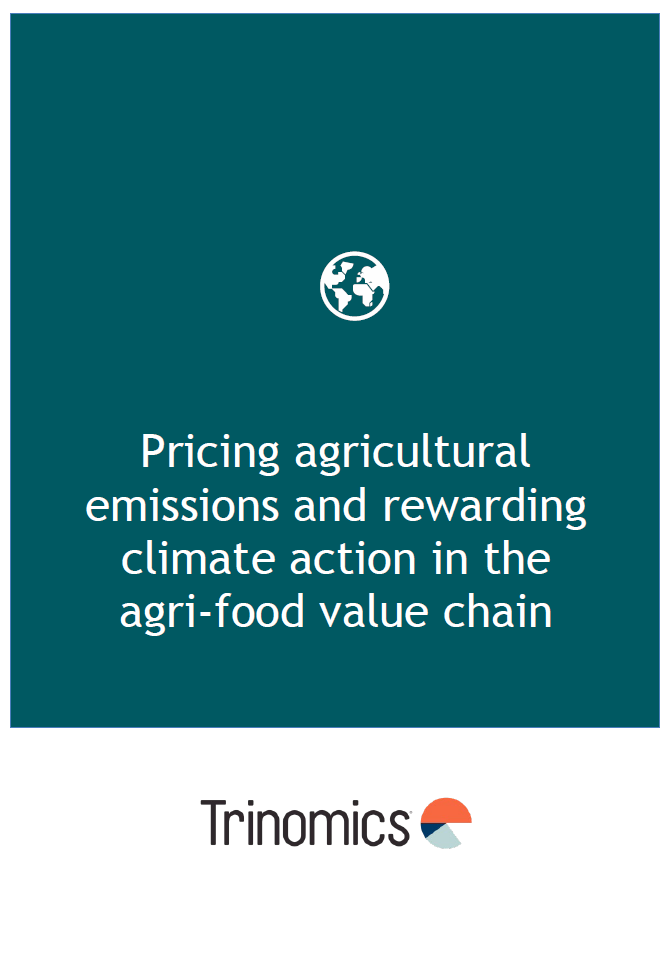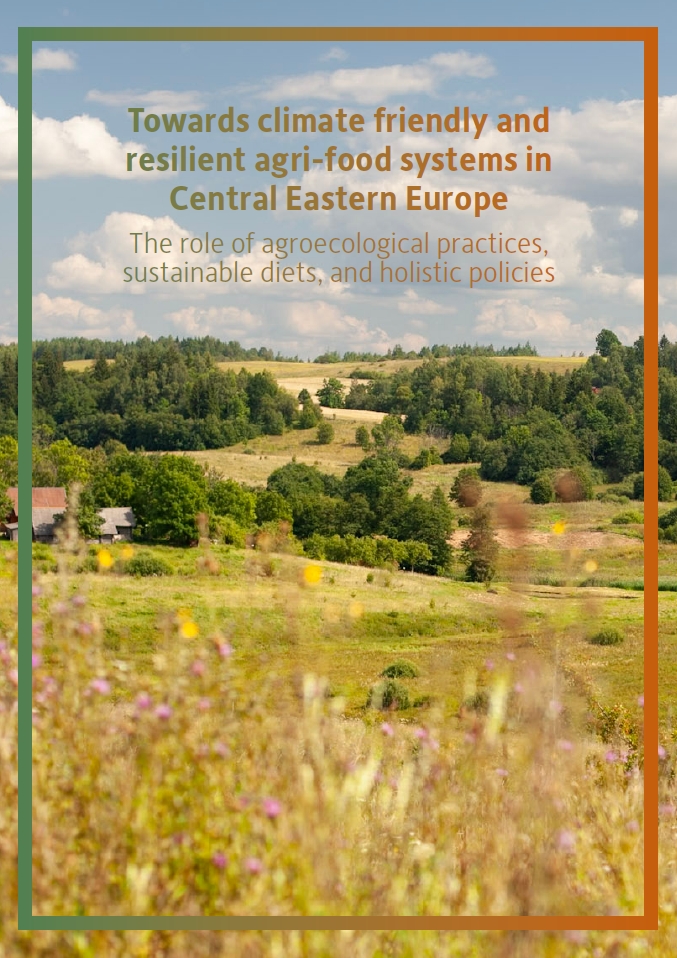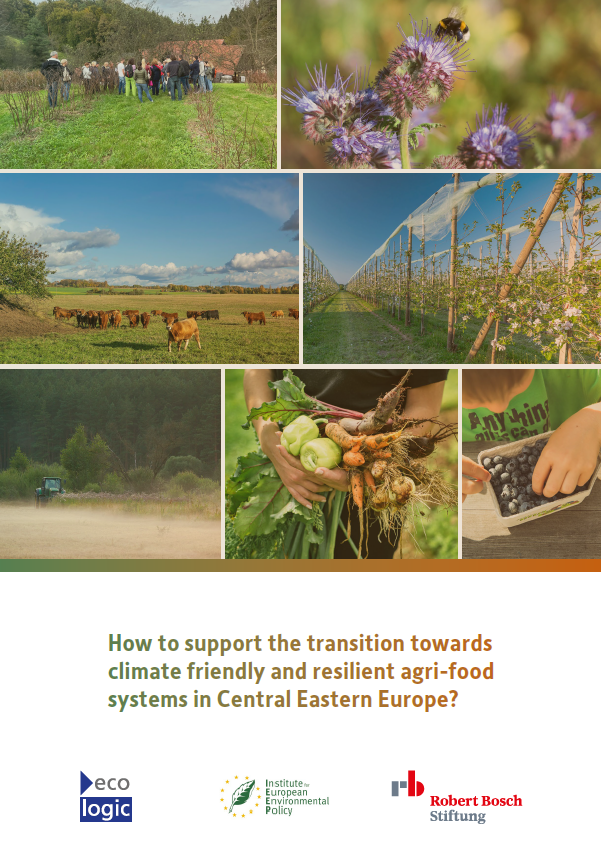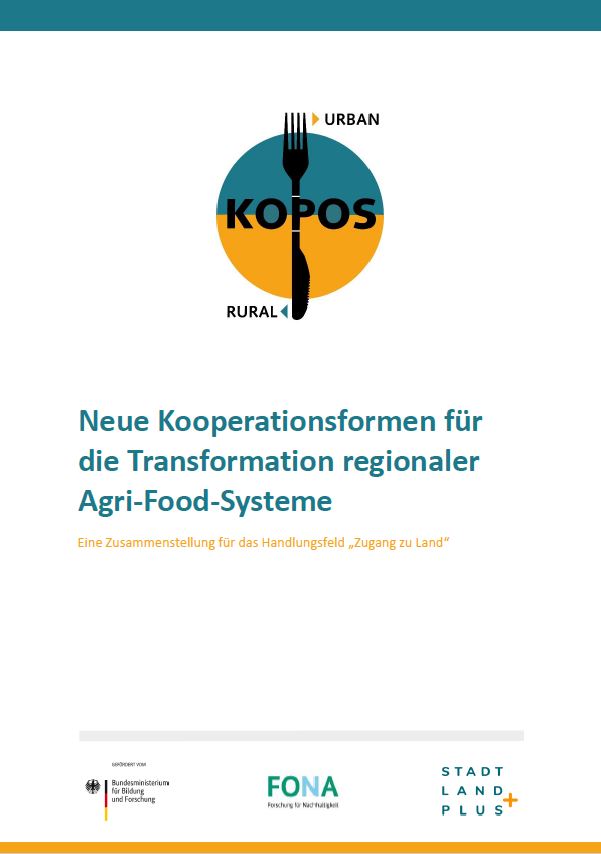Agri-food Systems
Sectoral Brief
- Publication
- Citation
McDonald, H.; Davis, M; Elkina, E; Kupilas, B; de Vestele, D (2025). Sectoral Brief: Agri-food Systems. GoNaturePositive! Horizon Europe Grant Agreement No. 101135264, European Commission. https://doi.org/10.5281/zenodo.15516986
The brief explores how EU policies can accelerate a nature-positive transition in agriculture – balancing food production with ecosystem health. It was authored in 2025 by Hugh McDonald, McKenna Davis, Evgeniya Elkina, Benjamin Kupilas, and Douwe De Vestele.
Agriculture in Transition: Nature vs. Food Security
Agriculture occupies 38 % of the EU’s land area and exerts the highest pressure on European habitats. In fact, 48 % of all pollution pressures on natural ecosystems stem from farming activities. Against this backdrop, achieving a Nature-Positive Economy means transforming agriculture from a driver of biodiversity loss into an engine of ecological restoration. Many farmers already recognize this imperative and are adopting nature-friendly approaches that safeguard yields while enhancing biodiversity.
Growth of Organic Farming and Incentive Schemes
One promising trend is the expansion of organic farming: between 2012 and 2021, the share of organic farming in EU farmland rose from 6 % to 10 %. At the same time, CAP Eco-Schemes offer financial incentives for sustainable practices – such as wetland restoration or reduction of synthetic pesticides. Private-sector initiatives like the SAI Platform and One Planet Business for Biodiversity (OP2B) are also mobilizing investments in regenerative agriculture. Through the Farm Sustainability Assessment, over 360 000 farms worldwide have adopted comprehensive sustainability criteria to protect soil, water, and biodiversity.
Practical Examples and Policy Barriers
An inspiring case comes from Flanders, Belgium: on a 150 ha farm integrated with a nearby nature reserve, farmers use locally endangered breeds of cattle, sheep, and goats for extensive grazing. This nature-based model minimizes imported feed, preserves ecosystem services, and simultaneously enhances local biodiversity. Despite such success stories, significant barriers remain. Current Common Agricultural Policy (CAP) payments and investment grants still often favor intensive, chemical-dependent production, making nature-positive farming economically challenging. There is inadequate financial recognition for ecosystem services and a lack of binding requirements to support nature-positive agriculture over the long term.
Pathways to Nature-Positive Agri-System Design
To accelerate the shift toward nature-positive agriculture, policy frameworks must be reformed. The CAP should not only compensate for lost income and additional costs but also reward active contributions to biodiversity protection, soil carbon sequestration, and water-quality improvement. The EU Nature Restoration Regulation presents an opportunity to set binding restoration targets and create synergies between agricultural and environmental policy. Additionally, digital tools – including Artificial Intelligence and blockchain, as outlined in the EU’s Organic Farming Action Plan – can enhance supply-chain transparency and raise consumer awareness for nature-positive products. Only through a consistent alignment of funding mechanisms, ecosystem restoration measures, and participatory approaches can agriculture ensure long-term food security while serving as a driver of ecological renewal.







